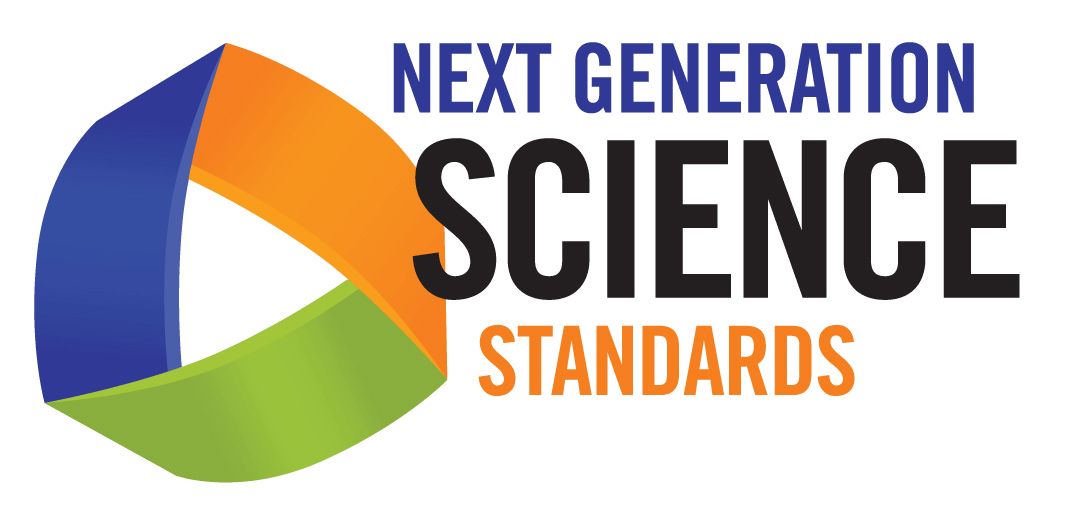How Does a Stem Cell “Know” What to Become?
Overview
Ideally, students should approach this lesson with a solid grasp of transcription and translation. These activities tie previous knowledge to gene expression and stem cell differentiation. It addresses the Next Generation Science Standards (NGSS) Performance Expectations HS-LS3-1 and HS-LS1-1. View the standards that apply to this unit.
By viewing animations lacking narration and coming up with explanations, students can visualize and review the molecular processes of transcription and translation. Using an online interactive simulation, students can practice transcribing and translating a gene down to the level of nucleic acid pairing and amino acid assembly. Last, students can view a lecture by a world-famous stem cell scientist explaining how stem cells turn into specific parts of the body.
Through these activities and the homework assignment, students will learn about genotype and phenotype in the context of stem cell differentiation. Even though all cells have the same genotype, a stem cell can differentiate down a certain lineage (phenotype) based on the specific signals it encounters.
Important Terminology
Gene expression: the cellular process of creating a protein, instructed by the sequence of DNA contained within a gene. This process begins with a signal, initiating transcription of a gene. The product of transcription, mRNA, travels out of the nucleus. It interacts with specific protein machinery to transcribe the mRNA sequence into amino acid chains that fold into proteins.
Cell fate decision: exposure of stem cells to different external or internal environments can activate transcription/translation of different genes or sets of genes, producing multiple, specific end-stage phenotypes.
For more information, see Teacher Background Information 2 and Teacher Background Information 3 from CIRM model stem cell curriculum Unit 2 and Unit 3.
Outline of Lesson
Discussion of Homework (do as much as time allows)
- Using their written homework assignments as a guide, ask students to describe their answers.
- Compare natural and in vitro fertilization.
- Ask one or several students to draw their embryonic development diagrams on the board.
- Using these diagrams, have different students find the embryonic (pluripotent) stem cells, and then describe where they are and what they can and can’t do.
- For the “brainstorm” homework questions, students can get in small groups to discuss the following question. Each group can come up with an agreed-upon answer and one student can describe the group’s ideas to the class.
- Why do I have a combination of traits from my parents?
- For the remaining questions, use guided discussion to dig deeper into the role of DNA in heredity.
- How does DNA connect to heredity, where offspring receive traits from parents?
- How are stem cells involved in the process of passing traits from generation to generation?
- Allow the students to lead the questioning/brainstorming. Leading questions could be:
- What does DNA do?
- What does DNA look like?
- What’s the difference between a chromosome, DNA, and a gene?
- Are eggs and sperm similar in DNA content to the fertilized egg? What about between the fertilized egg and somatic (non-stem) cells?
- Why are somatic cells (for example, neurons vs. muscle cells) different from each other even though they contain the same exact DNA (genome)?
View “DNA Central Dogma Part 1 – Transcription” [AUDIO BUT NO NARRATION]
During the animation, discuss what is happening. Guide student questions.
- What is the long pink strand? (DNA)
- What is the yellow strand? (RNA)
- What is that thing making the yellow strand?
- Why was the thing connected to both the pink and yellow strands?
View “DNA Central Dogma Part 2 – Translation” [AUDIO BUT NO NARRATION]
During the animation, students ask questions. Write relevant questions in your notes or on the board.
- After the Translation animation, go through student questions and have them develop answers using knowledge gained from the Transcription animation.
Transcription and Translation online simulation, Learn Genetics by the University of Utah
- As individuals, students model transcription and translation of a gene.
View selections from Potent Biology: Stem Cells, Cloning, and Regeneration
Suggested video for this lesson (segments can be inserted anywhere into the unit):
15. Genes are “turned up or down”—their protein production increases or decreases—during differentiation.
Homework assignment
Answer the following questions.
- What is gene expression?
- What are transcription and translation?
- What are some differences between an embryonic stem cell and a blood stem cell?

